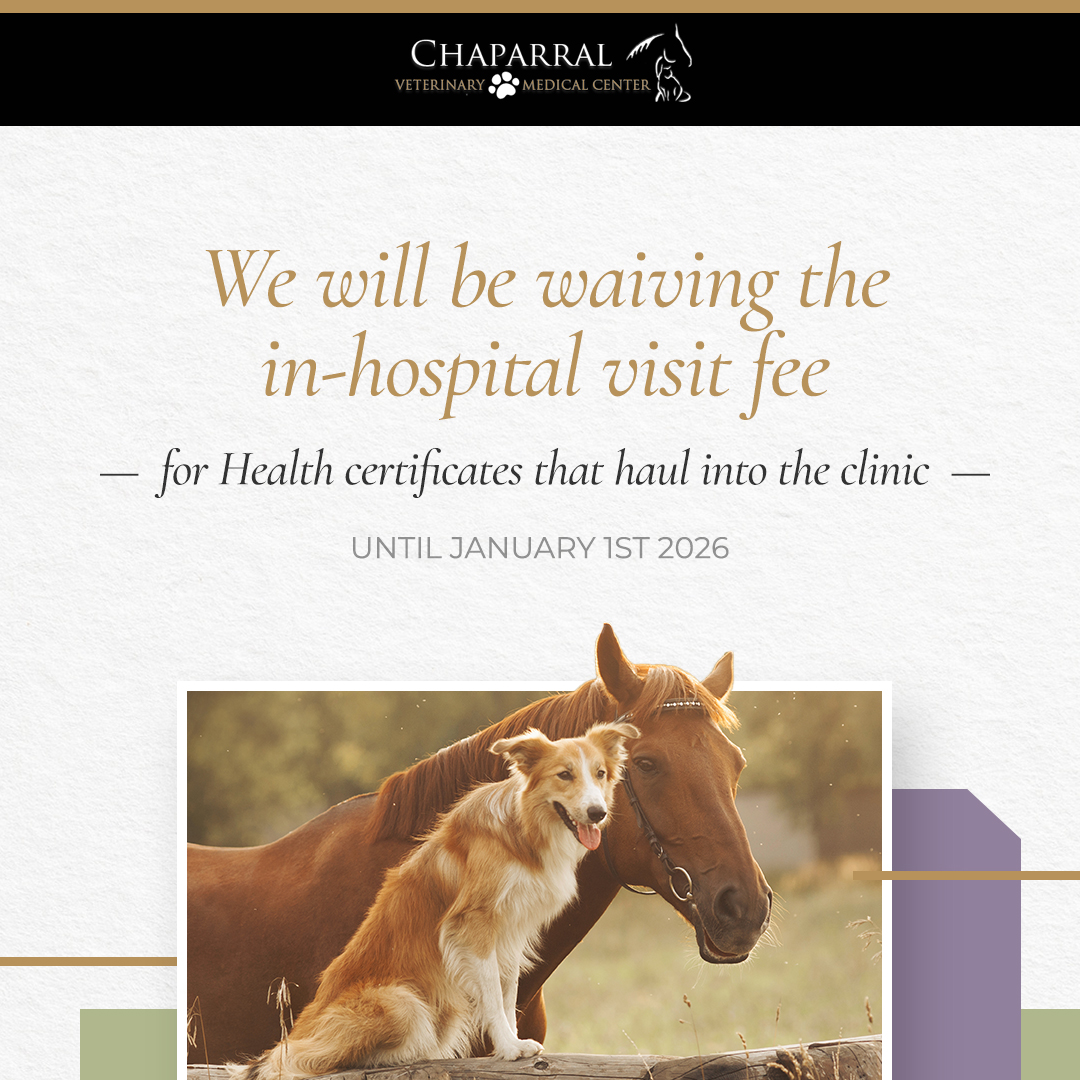Cave Creek, AZ 85331
How to Care for Your Pet After Surgery

Surgery is a stressful procedure for both humans and pets. Knowing the right things to do for your pet after surgery can help quicken the recovery process. The post-surgery care procedure for pets is not standardized since pets undergo different surgeries based on their needs. As a pet owner, the responsibility of caring for your pet after an operation is in your hands. It is crucial to know what to do before the need arises.
Follow Instructions
Your pet’s vet should give you instructions on what kind of care your pet may need after surgery. The instructions are based on the nature of the surgery. It is crucial to ask any questions you may have before going home with your pet.
Feeding Post-Surgery
Your pet may experience loss of appetite due to the anesthetic effect. Try giving very light meals, such as half of the usual serving size. Your pet is bound to regain its normal appetite after a day or so.
If your pet takes too long to get back its desire to eat, it is ideal to contact the vet. Infection or too much pain may be the cause of their lack of interest in food. Feeding a healthy diet helps recovery. Speak to your vet about what nutritious meals are ideal.
Managing the Pain
Your pet’s veterinarian will take the time to educate you about the medications you will need to give your pet after the operation. They will inform you how to administer the medicine, how much of the dose is enough, and how often to do it. It is not a good idea to give your pet home remedies or human medicine. In case you need any clarification, contact your veterinarian.
You can also manage your pet’s pain by:
Caring for the incision site: It can be challenging to keep your pet from touching the incision site. Your vet can recommend options such as cones or bandages to help protect the incision area
Guarding their stitches: Your vet should remove the staples or stitches at around two weeks post-surgery based on the kind of operation they did. You will need to prevent your pet from licking the stitched area to avoid infection for quick healing
Keeping the bandage dry: Your pet’s incision can only heal quickly if the site remains dry and clean. If your pet needs to go outside, you can wrap the area with plastic paper or cling film to keep it from getting wet. Ensure the plastic wrap does not stay for too long to avoid sweating around the incision
Keep Your Pet Cozy
It is crucial to provide your pet with a quiet and comfortable place to rest and recover. Allow your pet to heal in a place that has no other pets or children. Prevent activities that may cause pressure to the operated area.
Ensure your pet lies down in a spacious bed to avoid exerting any pressure on their body’s sensitive parts. Restrict movements and activities because they can interfere with the recovery process. Jumping and stretching can lead to the opening of the incision.
Go for Follow-ups
Going for all the appointments recommended after surgery is ideal. Your vet will need to monitor your pet’s healing progress. Checkups also help catch any complications before they become serious.
Veterinarians know when your pet may need a change of bandages to avoid sores or problems affecting blood supply in the covered area. It is always a good idea to let your vet handle the dressing of the incised area.
For more on caring for your pet after surgery, contact Chaparral Veterinary Medical Center at our office in Cave Creek, Arizona. You can call 480.595.8600 today to book an appointment.













